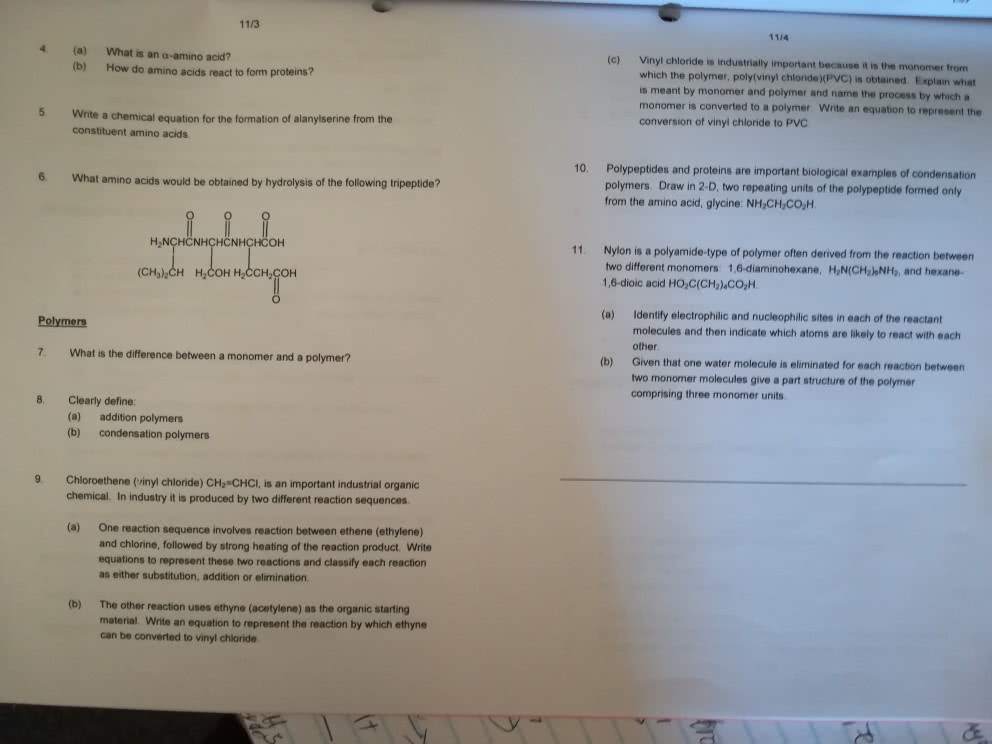CHEM 1002 Chapter 11: Organic Reactions
59 views8 pages
15 Aug 2015
School
Department
Course
Professor
Document Summary
Show electron movement in a reaction using curved arrows. All chemical reactions happen as a result of the movement of electrons. Substitution as well as elimination and addition reactions involved the attraction of an electrophile to a nucleophile. Predict products from sn2 and sn1 reactions. Explain mechanisms of sn2 and sn1 reactions. Recognize nucleophile, substrate, product, and leaving group in nucleophilic substitution reaction. State factors that make good nucleophile and good leaving group. Draw the flow of electrons in substitution reactions using curved arrows. Predict stereochemistry of product of substitution reaction involving chiral substrate. Predict effects of different substrates on rates of substitution reactions. Predict whether sn1 or sn2 reaction will occur for reaction. Sn1 reactions occur via formation of carbocation followed by its reaction with nucleophile. Rates of substitution reactions are sensitive to type of substrate, nucleophile, and leaving group. The sn2 mechanism substitution reactions that have both steps occur simultaneously: s stands for substitution, n stands for nucleophilic.
Get access
Grade+20% off
$8 USD/m$10 USD/m
Billed $96 USD annually

Homework Help
Study Guides
Textbook Solutions
Class Notes
Textbook Notes
Booster Class
40 Verified Answers
Class+
$8 USD/m
Billed $96 USD annually

Homework Help
Study Guides
Textbook Solutions
Class Notes
Textbook Notes
Booster Class
30 Verified Answers
Related textbook solutions
Chemistry: Structure and Properties
2 Edition,
Tro
ISBN: 9780134293936
Basic Chemistry
5 Edition,
Timberlake
ISBN: 9780134138046
Principles of Chemistry Molecular Approach
4th Edition,
Tro
ISBN: 9780134112831
Chemistry: Structure and Properties
2nd Edition,
Tro
ISBN: 9780134293936
Principles of Chemistry Molecular Approach
3rd Edition, 2014
Tro
ISBN: 9780321971944
Chemistry: A Molecular Approach
3rd Edition,
Tro
ISBN: 9780321809247
Chemistry: A Molecular Approach
5th Edition,
Tro
ISBN: 9780134874371
Principles of Chemistry: A Molecular Approach
4th Edition,
Tro
ISBN: 9780134895741
Chemistry: The Central Science
14th Edition, 2017
Brown
ISBN: 9780134414232

